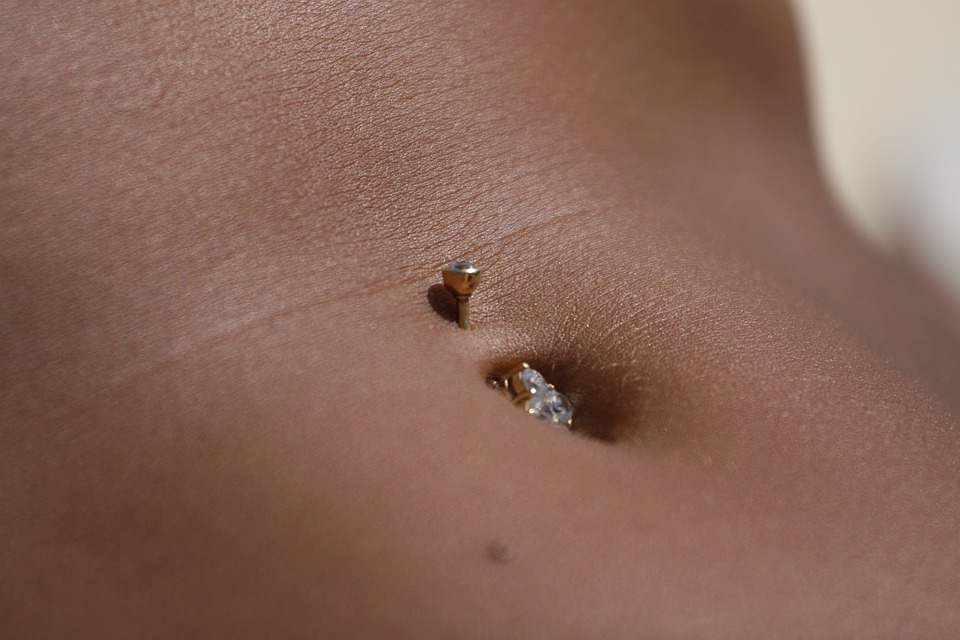Much more than a fashion, piercings and tattoos are a phenomenon in a society that attracts many people, especially young people. Although popularized, these practices are not totally accepted by society. People with tattoos and/or piercings are frowned upon, classified as “bad boy or bad girl”. The subject sometimes triggers an argument between parent and child. In adolescence, we want to define who we are and develop this identity by getting a tattoo or a piercing despite our parents’ reticence. The meaning of tattooing and piercing varies according to each civilization. They are cultures that have traveled through the ages.
The History and the Origins of Tattoos and Piercings
It is difficult to say when the tattoo was invented. However, this word is certainly of Polynesian origin, “TA-TU”, derived from the word “TA-ATOUAS” whose meaning is drawing and spirit. Polynesians adorn their bodies with various designs to protect themselves from evil spirits and attract good ones. The first tattooed man (Ötzi) was discovered in 1991. He would have lived 5 300 years ago. Research shows that his tattoos had a curative purpose because of their place on the joints. Both a traditional and universal practice, tattooing is included in the customs of several peoples. It has different meanings depending on the people. The common point is that it became a sign of identity, a protective mark, or a rite of passage to adulthood; that it is in Egypt, in Japan, among the Celts, or in Polynesia.
The piercing has existed since prehistory, during the Neolithic period. For these primitive people, it was about wide labrets in stone inserted at the level of the lower lip. With time, the piercing knew a significant evolution in its form and place on the body. It became an aesthetic improvement, a symbol, an imprint on the body. It can have an erotic meaning if it is located on the navel. It is also a means to differentiate oneself, a sign of belonging to a group or a people.
How To Maintain Tattoos and Piercings?
A tattoo is an act that will modify the body. Insofar as the needles pierce the skin, there can be risks of contact of blood to blood. Therefore, precautionary measures must be followed. Tattooing is contraindicated for people suffering from hepatitis B and C, AIDS, allergic to certain substances (metals, inks, pigments…), or who have coagulation disorders.
Tattooing is also harmful for pregnant or nursing women. Moreover, it is essential to verify that the tattooist respects all hygiene precautions. It is necessary to inspect if the specialist wears gloves, that his instruments are well sterilized, and that he uses single-use needles (in sterilized packaging). The first dressing should be removed 3 to 6 hours after the operation. It is essential to know that tattoos can become infected if they contact bacteria during the healing process. In this case, wash your hands well before touching yours. To remove ink and blood residues, it is essential to clean them with warm water and mild antibacterial soap.
Since the piercing is considered a wound by the body, it is important to clean it three times a day with saline solution or oil-based soap. It is essential to avoid using cotton because of the fibers that can stick to it. It is also forbidden to clean it with alcohol, which is a substance that dries out the skin and increases the risk of infection. The healing time varies depending on the part of the pierced body. You just have to be patient and avoid touching it too much.
In any case, it is best to ask a professional tattooist and piercer for advice on how to maintain your piercings and tattoos properly.




